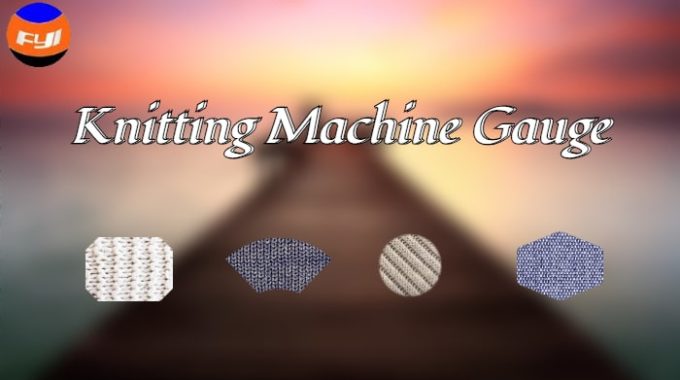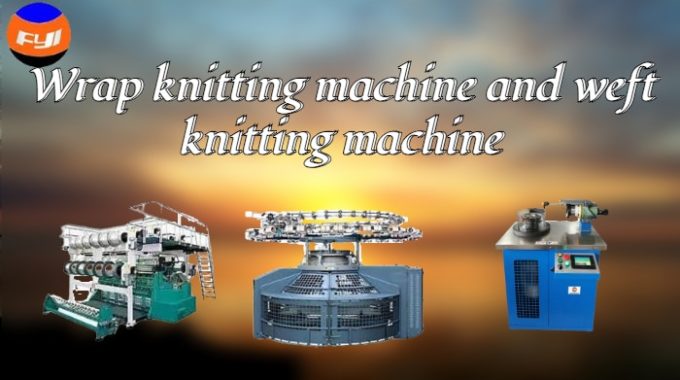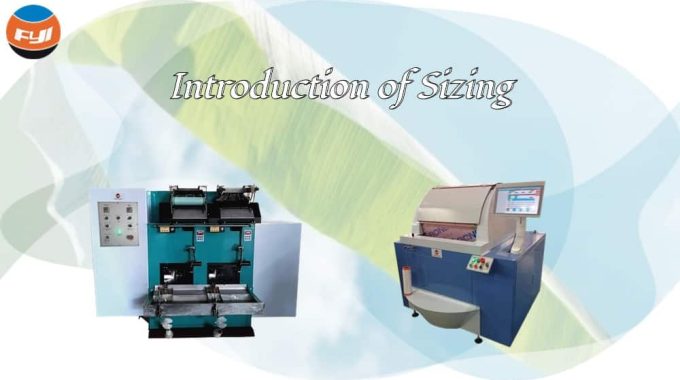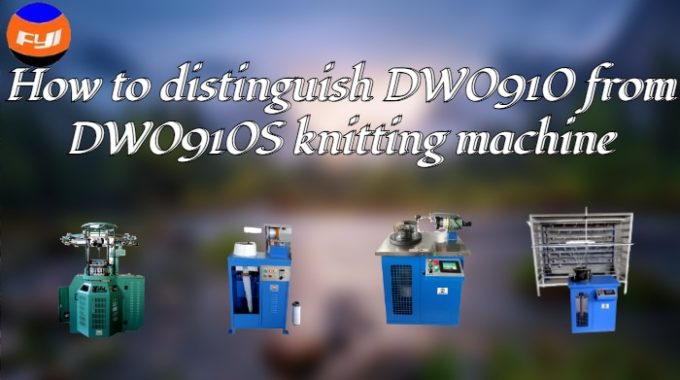
Knitting Machines Gauge
Knitting machines gauge is one of the technical parameters of knitting machine. One way that we can group knitting machines is by the gauge—the number of needles per inch or centimeter. But there is an exception. The gauge is often expressed as the number of needles per one and a half inches in fully-fashioned machines.
Contents
How to calculate knitting machines gauge
Knitting machines gauge can be calculated by dividing the total number of needles by the length of the needle bed. The figure is rounded to the nearest whole number. For example, a 7-inch diameter knitting machine has 220 needles. The circumference of a circle is πd, where π = 22/7 and d = diameter. So the perimeter is 7 x 22/7 = 22 inches. Specifications are 220/22= 10 stitches per inch. We usually represent it ‘E10’, where E is stitches per inch.
Normally, all primary elements (those directly involved in the knitting action) in the same machine are set to the same gauge.
We usually measure gauges on a needle bed,so a machine of the same gauge but with two needle beds will have a total of twice as many needles as a machine with one bed. The gauge measured at the point of needle location is the same as that at the point of loop formation.
Two different gauges of fabric
The gauge of the knitting machine indicates the thinness of the rows of needles on the bed. The higher the machine number, the more needles in a certain length of the needle bed, the smaller the needle distance; On the contrary, the fewer needles, the greater the needle distance.
- Heavy-gauge fabric
It is one that has been knitted on a machine with a few needles per inch (2½ to 5 needles per inch are common gauges in the UK).
- Fine-gauge fabric
Knit the in fine yarn on an 18- to 32-gauge machine (UK).
Knitting machine gauge for conventional fabrics
- Knitwear (knitted garments usually with integral ribs) is normally produced on 2½ – to 14-gauge machines;
- Traditional type knitwear (lamb’s wool, botany and cashmere) more likely to be in the 7- to 12-gauge range;
- Jersey (continuous fabric): we can produce it on finer gauge machines, from 18–32 gauge.
Yarn Weight and Gauge Chart
Through two guidelines: Yardage and Gauge. People can easily weave different yarns into different patterns.
Yardages
Yarn yardages are different from each other. It is important to calculate the yardage for a project. So that you can ensure that you have enough yarn to complete the project in mind.
Gauges
All yarn knits to specific gauges. The weight of the yarn(the thickness), creates the texture of the fabric when knit, as well as the number of stitches per inch (gauge). The following gauges determine the yarn weight.

FAQ Section
Q1: What is the difference between fine gauge and coarse gauge knitting machines?
A: Fine gauge machines are designed for lightweight, delicate fabrics, while coarse gauge machines are better suited for heavy, durable textiles. The choice depends on your project requirements.
Q2: How often should I calibrate my knitting machine gauge?
A: Regular calibration is recommended every 3-6 months, depending on usage. Proper calibration ensures consistent fabric quality and prevents production issues.
Q3: Can I use the same gauge for different types of fabrics?
A: While possible, it’s not ideal. Each fabric type has unique requirements, and using the appropriate gauge ensures optimal results.
Q4: What are the common issues caused by incorrect gauge settings?
A: Incorrect gauge settings can lead to uneven fabric density, poor texture, and even machine damage. Always double-check your settings before starting a project.
DW0910S series knitting machine gauges are E14-E29.They belong to finer gauge machines. And we can use them to knit tubular fabric in a continuous uninterrupted length of constant width. For more information about knitting Machines gauge, please send email to [email protected].
Last updated: March 12, 2025
We update the content regularly to ensure the accuracy and usefulness of the information. If you have any suggestions or questions, please feel free to contact us!
Comments are closed.



Good post. I learn something new and challenging on sites I stumbleupon every day. It will always be interesting to read content from other writers and use something from their websites.
I would like to thank you for the efforts you have made in writing this article. I am hoping the same best work from you in the future as well.
Your blog is the perfect combination of substance and style – something that’s hard to come by these days.